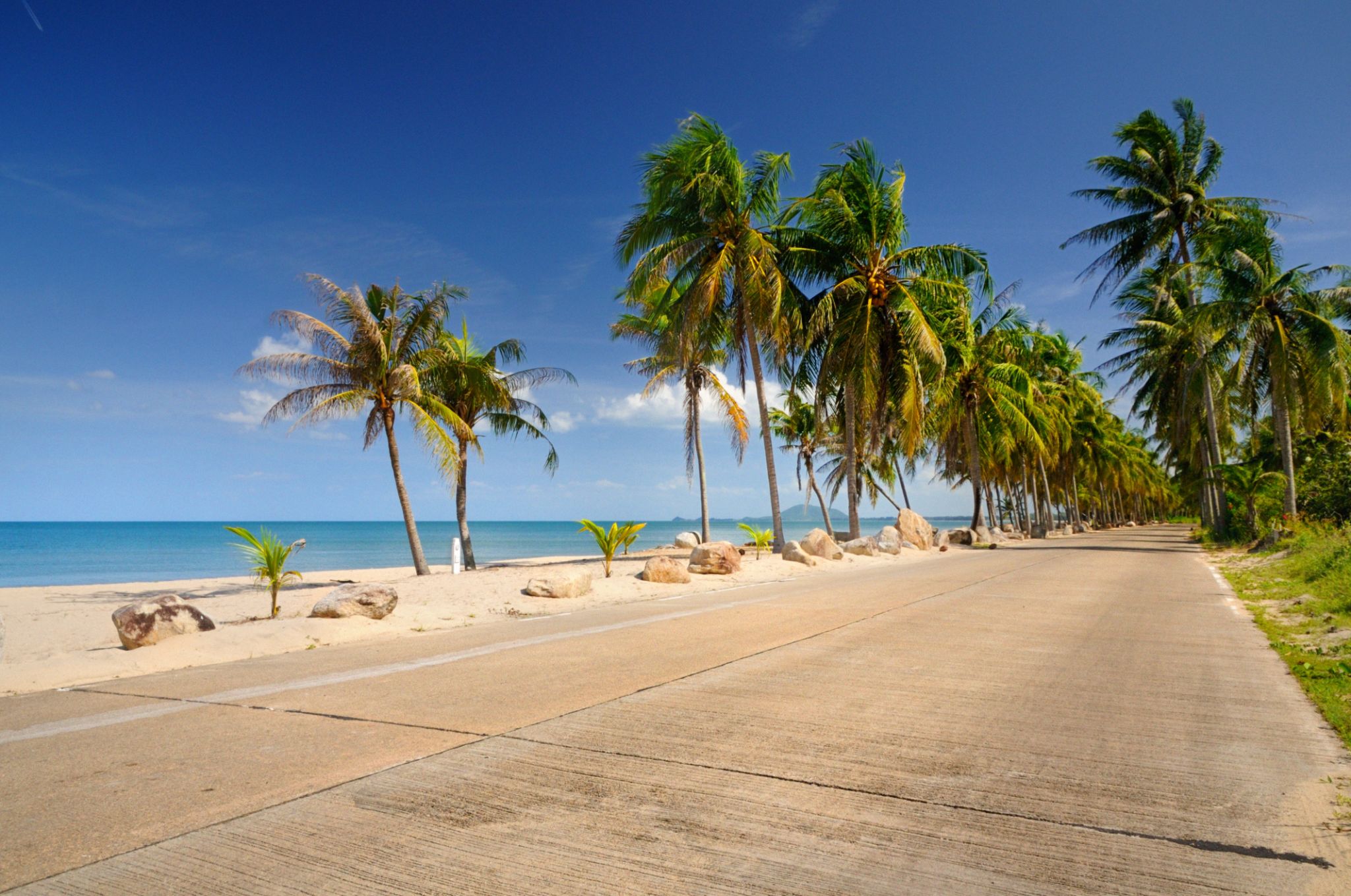Comparing Asphalt and Concrete for Road Construction in Tropical Climates
KT
Introduction to Road Construction in Tropical Climates
When it comes to road construction in tropical climates, choosing the right material is crucial for longevity and effectiveness. Two of the most common materials used are asphalt and concrete, each with its own set of advantages and disadvantages. This blog post will delve into the comparisons between asphalt and concrete, considering factors such as durability, cost, and environmental impact.

Durability and Performance
In tropical climates, roads are exposed to extreme weather conditions, including heavy rains and intense heat. Concrete is known for its durability and can withstand these harsh conditions better than asphalt in some cases. Concrete roads tend to have a longer lifespan and require less frequent maintenance. On the other hand, asphalt can become soft in high temperatures, leading to rutting and other forms of degradation.
However, asphalt roads offer flexibility, which can be beneficial during temperature fluctuations. This flexibility allows them to expand and contract without cracking, which is an important consideration in areas subject to frequent temperature changes.
Cost Considerations
The initial cost of constructing asphalt roads is generally lower than that of concrete roads. Asphalt is quicker to install, which reduces labor costs and minimizes traffic disruption. However, the maintenance costs for asphalt can add up over time, as it requires periodic resurfacing.
Concrete roads, though more expensive initially, offer savings in the long run due to their minimal maintenance requirements. They do not need to be resurfaced as often as asphalt roads, which can lead to cost savings over their lifespan.

Environmental Impact
Environmental considerations are becoming increasingly important in road construction. Asphalt production releases more greenhouse gases compared to concrete production. Furthermore, asphalt surfaces absorb more heat, contributing to the urban heat island effect.
Concrete, while having its own environmental challenges, such as high CO2 emissions during production, can be more sustainable over time. Concrete roads reflect more sunlight, helping to keep urban areas cooler.
Traffic and Safety
Both materials offer distinct advantages when it comes to traffic and safety. Asphalt provides a smoother surface, which can result in a quieter ride for vehicles. It also offers better skid resistance during rainfall, which enhances safety for drivers.

Conversely, concrete's light color improves visibility at night and during rainy conditions. This can be an important safety consideration in areas prone to heavy rainfall.
Conclusion
In conclusion, the choice between asphalt and concrete for road construction in tropical climates depends on a variety of factors including durability, cost, environmental impact, and safety considerations. While concrete may offer a longer-lasting solution with less maintenance, asphalt provides flexibility and lower initial costs. Ultimately, the decision should be based on specific project requirements and long-term goals.
